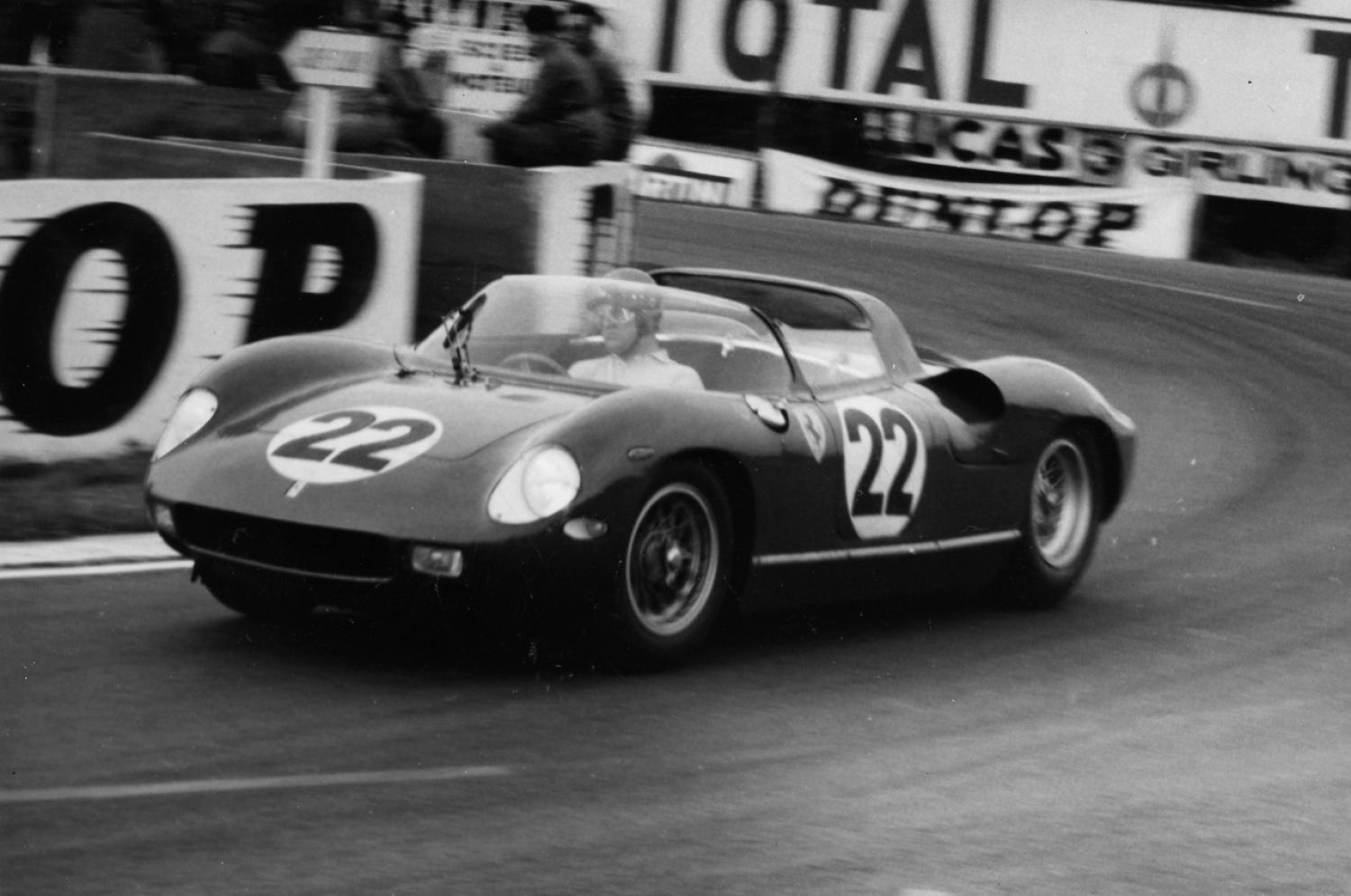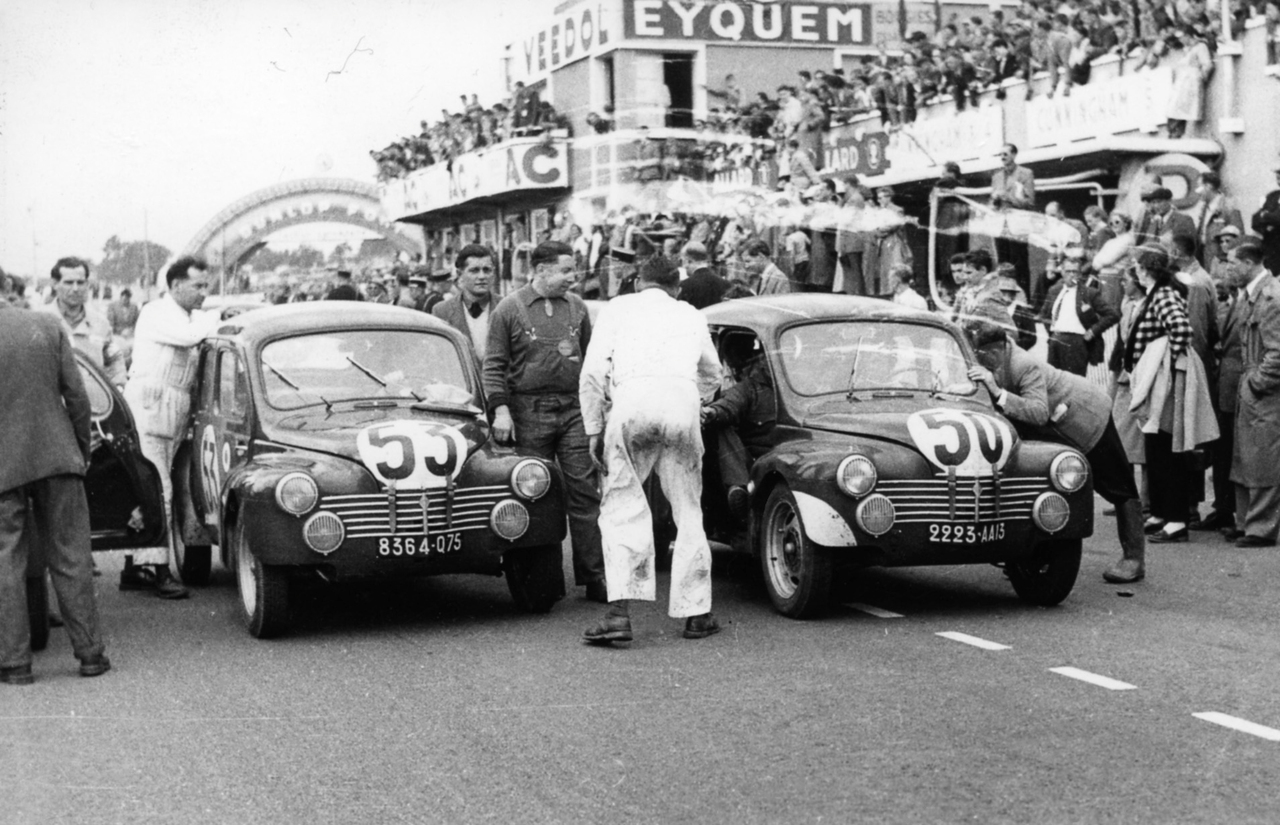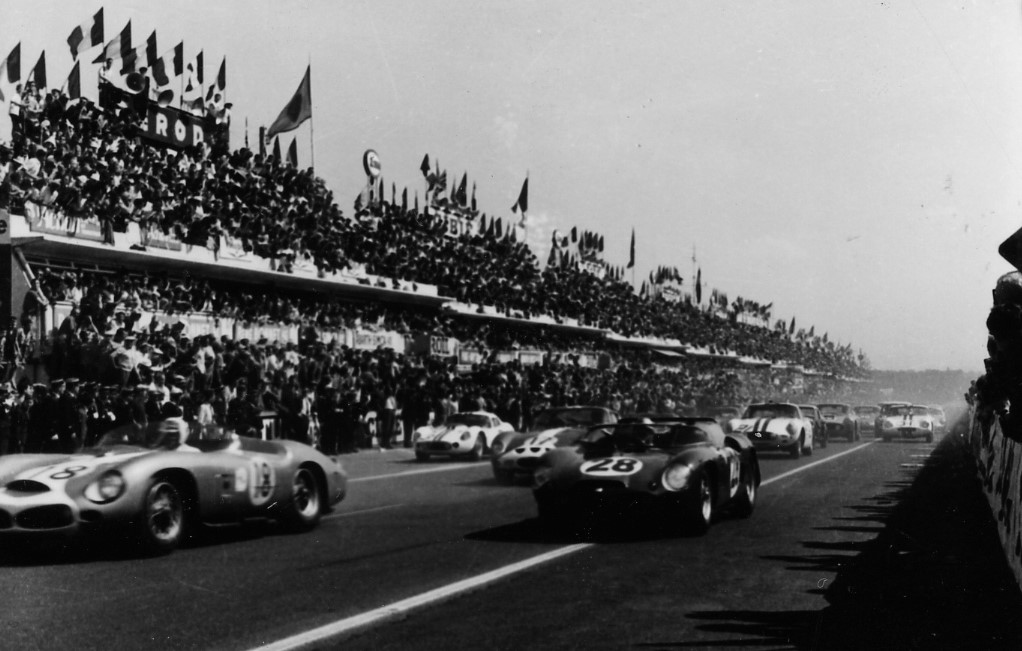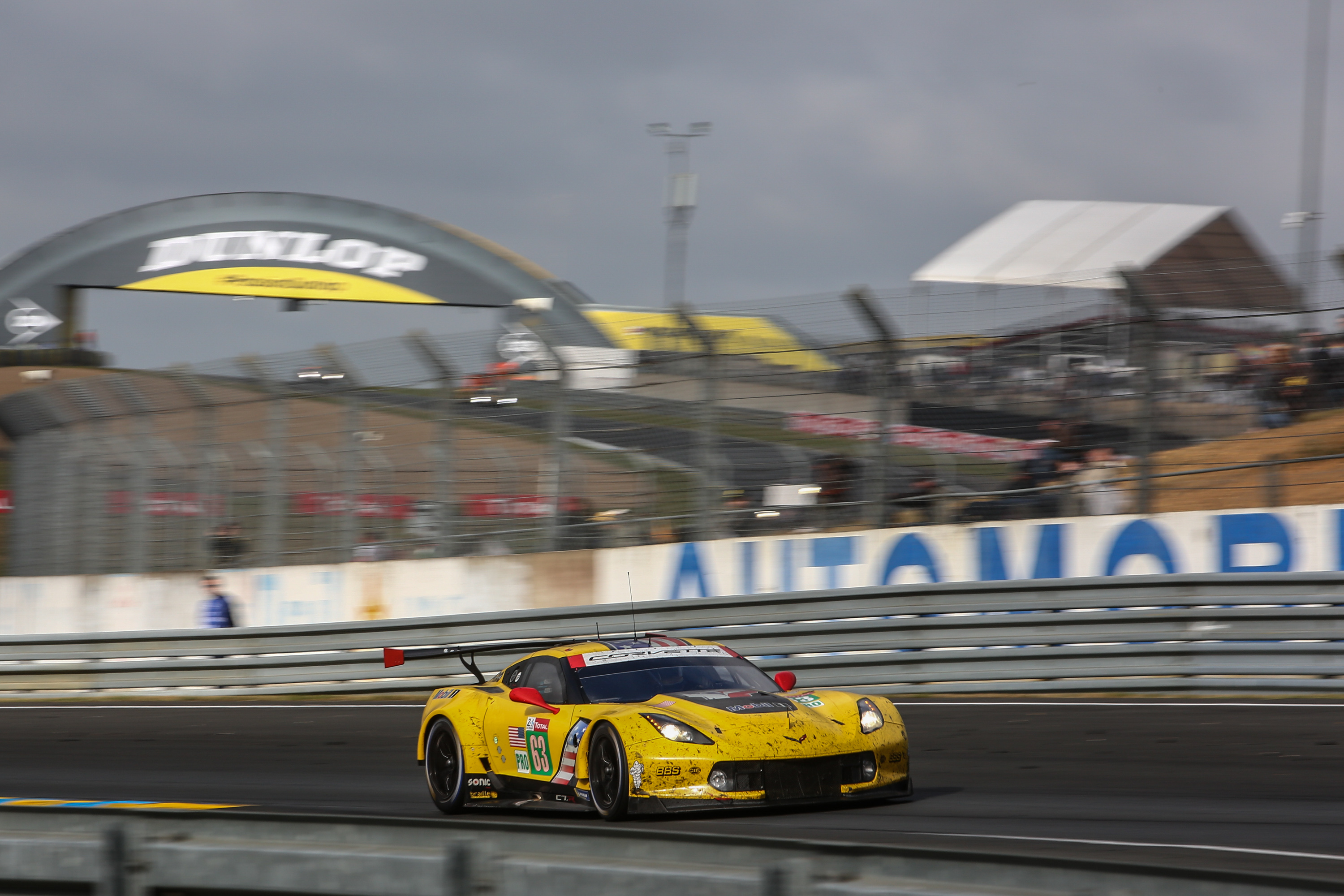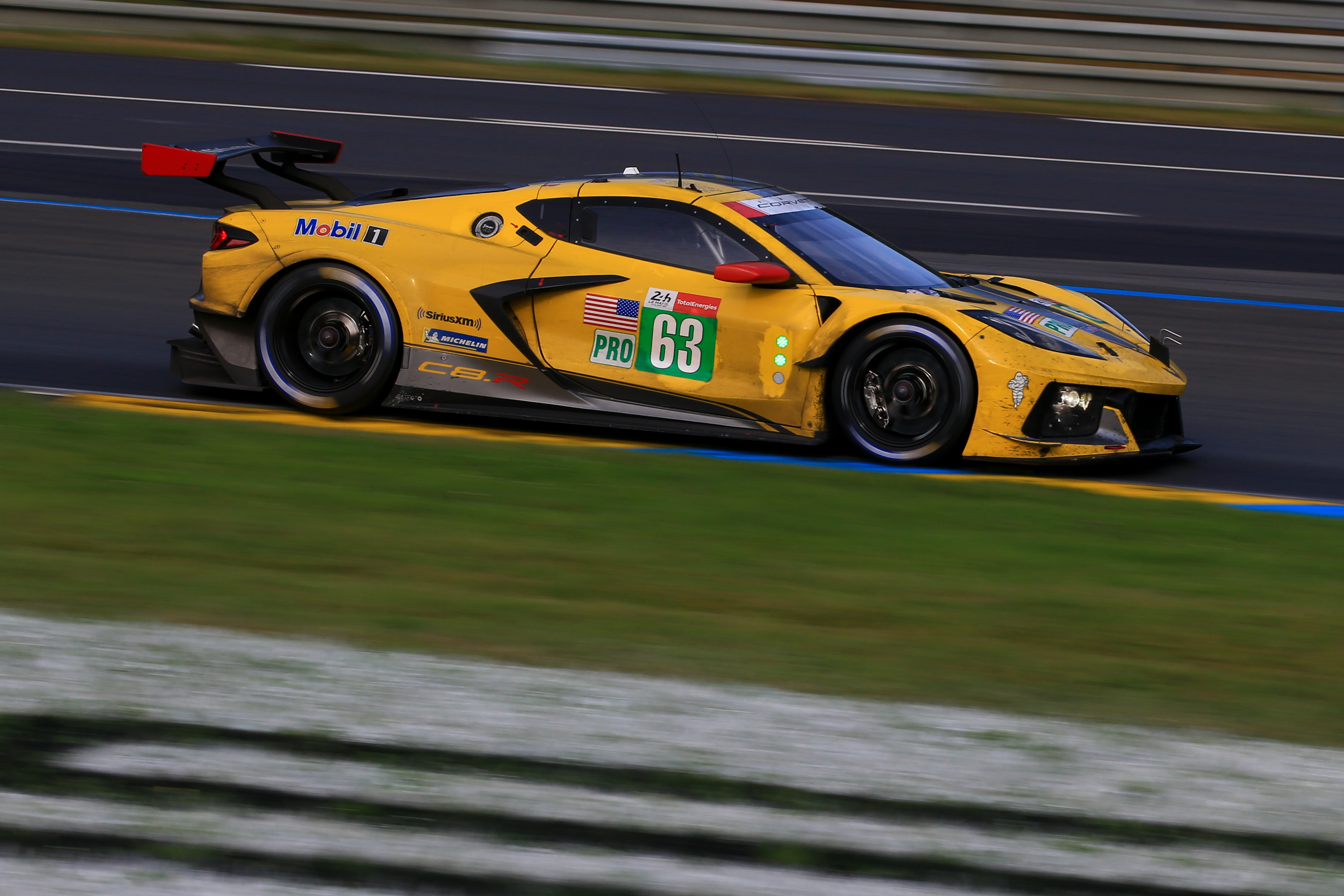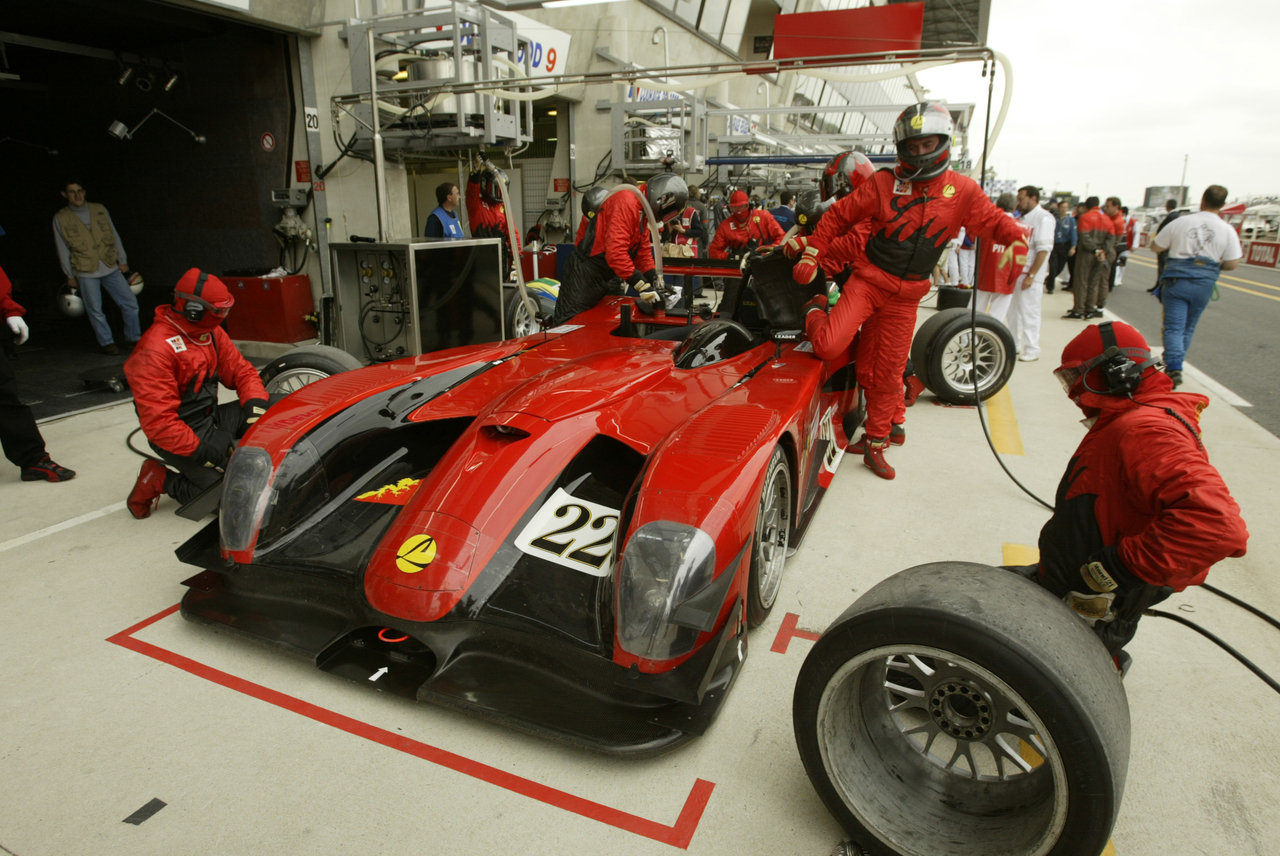24 HOURS OF LE MANS CENTENARY – PERPETUAL INNOVATION The rear engine became the norm in Formula 1 after Jack Brabham’s Cooper won two world titles in 1959 and 1960, but the transition took a little longer at the 24 Hours of Le Mans. Gradually, however, the rear engine became the norm for prototypes and most GT cars on the track today. Here’s a short history of a concept that eventually gained traction.
Traditional car architecture placed the engine at the front, the passengers in the middle and the boot at the rear. A drive shaft sent the engine’s power through the gearbox to the rigid, suspended rear axle, because there was no way of transmitting the power to the front wheels, which had to steer the car at the same time. All the cars that competed at the first 24 Hours of Le Mans in 1923 were built according to this design.
However, for a well-balanced car, all the weight needs to be located between the front and rear axles, with the weight of the overhang kept to a minimum. Gradually, therefore, the engines were moved back into the front compartment, pushing the driver further back.
Then in 1958, and again in 1959 with the Formula One world title, Jack Brabham and his John Cooper-designed single-seater proved that a mid-rear engine was the better solution, with the weight more efficiently distributed This layout also made the car much lighter by doing away with the heavy drive shaft.
“The horse pulls the cart, it does not push it”
So what are the main drawbacks of a front-engined car? When braking on the approach to a bend, the weight is transferred to the front axle (mass transfer), which is already heavy enough with the weight of the engine. The car will seek to continue straight on and it is more difficult to correct because the steering becomes heavier. The car has difficulty entering the bend. At the same time, the mass transfer has taken the weight off the rear axle, which is already lighter, and the wheels have less grip. As a result, we need to limit braking power on the rear axle to prevent the wheels from locking.
Conversely, with a mid-rear engine, there is less weight on the front axle and understeer is limited. In addition, the engine’s weight at the rear keeps the rear tyres more firmly on the road. More braking force can thus be applied to the rear axle when entering a bend. Then when accelerating to exit the corner, the mass transfer to the rear will add to the weight of the engine and allow more power to be transferred without skidding.
However, there was still much hesitation in endurance racing. After the 1960 and 1961 victories, Enzo Ferrari apparently said: “The horse pulls the car. It does not push it.” But more importantly, endurance racing preferred cars that were closer to production models than single-seaters. And the interior space requirements in these cars meant that the front-engine layout was the favoured option.
From the 4 CV to Ferrari
The drawback of rear-engined cars was well known to connoisseurs, namely that placing the weight behind the wheel axis causes oversteer and spinning. Nonetheless, the first such car was fielded at the 1949 race – the Renault 4 CV.
Then in 1950, the manufacturer MAP debuted a car with a diesel, mid-rear engine. The same period also saw a few cars with front engines and front-wheel drive, such as the Panhard. In 1951, Porsche made its first appearance at Le Mans with the rear-engined 356.
In 1959, John Cooper entered a mid-engined Cooper Monaco in the 24 Hours. Unfortunately, it was forced to retire after a crash 6 hours into the race.
As for Ferrari, it finally presented the 246 SP with its V6 mid-engine at the end of 1961, before entering in the race in 1962. It was entrusted to the Rodriguez brothers and excelled alongside its front-engined rivals until the transmission failed in the 14th hour. However, the car had convinced the people in Maranello and in 1963, the mid-engine triumphed in a 250 P driven Ludovico Scarfiotti and Lorenzo Bandini. No front-engined car has ever taken overall victory at the 24 Hours of Le Mans since then.
From back to front in the GT classes
Things were different in the GT class, where the cars were derived from production models and where a concern for interior space took precedence over performance. Ferrari, Corvette, Aston Martin and the others long resisted change. Nonetheless, almost all GT cars are mid-engined nowadays… even the Chevrolet Corvette, which kept its previous front engine until 2020!
There have been a few attempts to return to a front engine since the turn of the century, with the Panoz, a kind of Batmobile-inspired car that ran from 1999 to 2003 and had a starring role (in the guise of a Leader) in the 2002 movie Michel Vaillant. Nissan also entered the front-mid engined GT-R LM Nismo in 2015. This was an ill-conceived project and the car only made a single, dismal Le Mans appearance: after being demoted to the back of the prototype grid, it made an early exit from the race with no real chance to demonstrate any performance.
Putting the engine at the rear is an attractive idea, but it requires heavy architecture to fit the engine on board. As a solution, stressed member engines were introduced at the end of the 1960s. In this set-up, the engine is a stress-bearing structural member, bolted to the monocoque chassis at one end and the suspension and gearbox at the other. The renowned V8 Ford Cosworth was a prime example. When an engine is developed for racing, it is usually designed to be load-bearing. This saves a lot of weight on the chassis. If it is derived from the production model, however, this will probably not be the case, because the engine block is not designed to undergo the twisting and bending experienced in a race.
PHOTOS: LE MANS (SARTHE, FRANCE), CIRCUIT DES 24 HEURES, 24 HOURS OF LE MANS – TOP TO BOTTOM (COPYRIGHT : ACO ARCHIVES): in 1963, the Ferrari 250 P was the first rear-engined car to win the 24 Hours of Le Mans, with Lorenzo Bandini/Ludovico Scarfiotti (winners) and Umberto Maglioli/Michael Parkes (third, pictured); the engine of the Renault 4CV was located in the rear overhang, i.e. behind the axis of the rear wheels; the first rear-engined Ferrari to race at Le Mans, the Dino 246 SP driven by Pedro and Ricardo Rodriguez (#28) was forced to retire early in the 1962 race; 67 years after it first appeared, the eighth generation of the Chevrolet Corvette finally switched to a mid-rear engine in 2019 (the year of the final outing of the front-engined C7 at the 24 Hours) and made its Le Mans debut in 2021; the Panoz was the first front-engined prototype to finish in the top 10 at the 24 Hours of Le Mans. Here, it is seen playing the role of Leader, Michel Vaillant’s adversary in the film that was in part shot at the 2002 24 Hours.
